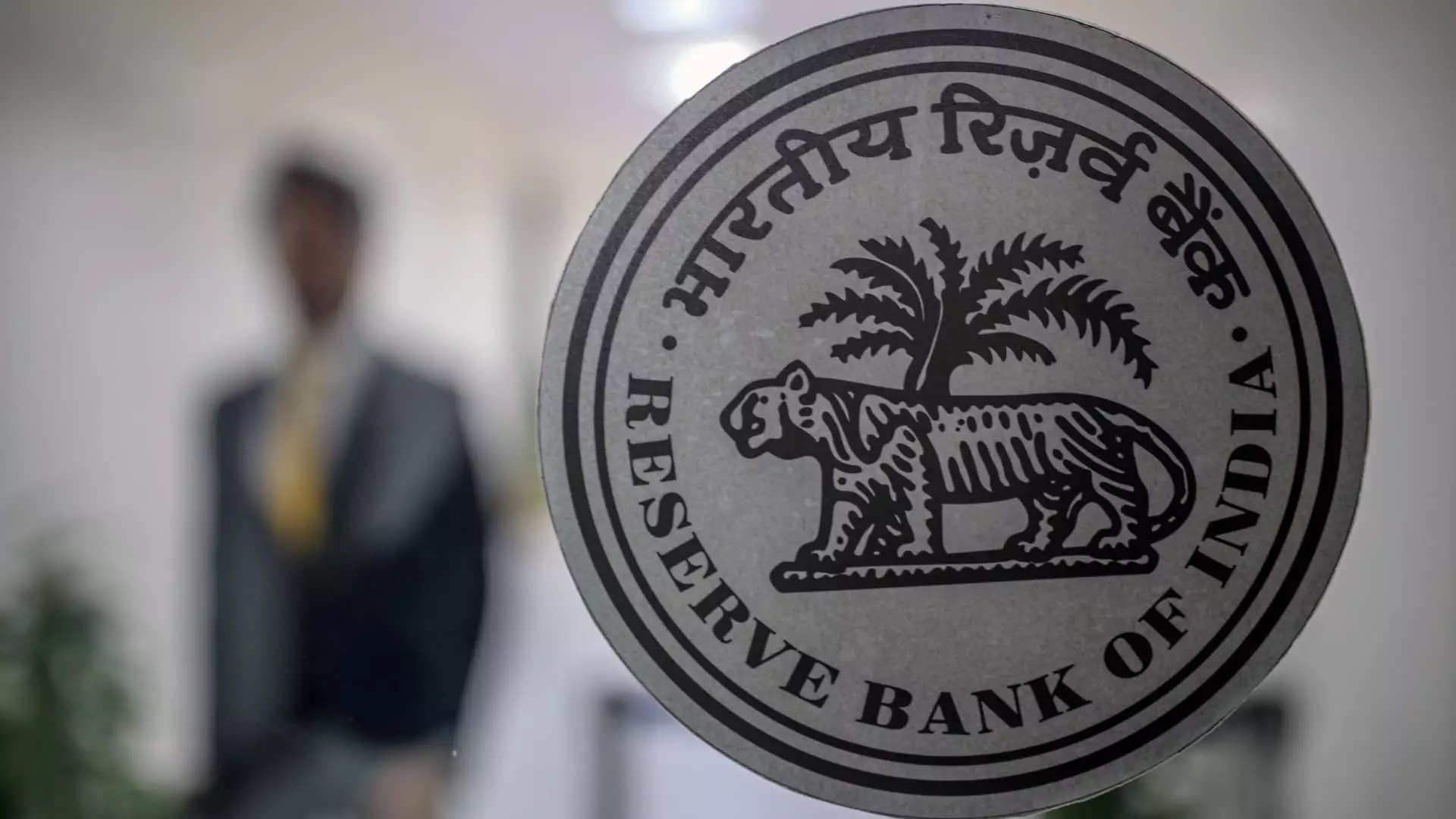India’s central bank, the Reserve Bank of India (RBI), recently announced that it would maintain the benchmark interest rate at 6.50%. This decision, consistent with the consensus among economists, comes at a time of increasing economic pressure due to a surge in consumer prices. With inflation having reached a 14-month high of 6.21% in October, well above the central bank’s target of 4% and marginally breaching its tolerance level of 6%, the RBI faces significant challenges. The delicate balance between curbing inflation and sustaining growth becomes more intricate as the nation’s economic landscape evolves.
The implications of this inflation spike are profound. An environment where prices climb at an accelerated pace can erode consumer confidence and spending, which in turn may dampen overall economic growth. Such a scenario poses a dilemma for the RBI, as harsh measures to combat inflation might stifle growth in a fragile economic setting. Thus far, the central bank’s decision to hold interest rates steady since February last year reflects its cautious approach, though the pressure to reassess this stance is mounting.
Revisions and Economic Projections
Amidst these challenges, RBI Governor Shaktikanta Das has had to revise the country’s GDP growth outlook. Originally projected at 7.2% for fiscal year 2025, the forecast has now been adjusted down to 6.6%. This development has raised concerns, particularly since the economy grew by only 5.4% in the July-September quarter, significantly missing the expected 6.5%. The slowdown is alarming, marking the lowest quarterly growth rate India has experienced in two years.
The RBI’s acknowledgment that the “bottom has been reached” in terms of domestic economic slowdown is a mixed signal. While it may suggest that the worst is over, it does not alleviate the immediate concerns of businesses and consumers alike. The overall economic environment requires immediate action to stimulate growth without triggering a further inflationary spiral. In response to these growth challenges, a reduction in the cash reserve ratio by 50 basis points to 4.0% has been initiated to enhance liquidity—yet the effectiveness of such measures remains uncertain.
Calls for Easing Borrowing Costs
Prominent figures within the Indian government, including Finance Minister Nirmala Sitharaman and Trade Minister Piyush Goyal, have voiced the need for reduced borrowing costs. As industries strive to expand, the finance minister underlined the necessity for more affordable interest rates to catalyze lending demand. Such calls signal a recognition among policymakers that the current economic trajectory may not be sustainable without supportive fiscal measures.
However, Das’s firm stance against immediate rate cuts has raised eyebrows. He has flagged potential risks associated with premature monetary easing, emphasizing the significance of viewing the situation through a broader economic lens. The RBI has shifted its policy stance to “neutral,” indicating a potential for future adjustments, but the apprehension surrounding global monetary trends complicates this equation further.
The Indian Rupee’s performance against the U.S. dollar has further compounded the monetary policy dilemmas. Recent data indicated a fall to record lows, raising fears that any monetary easing could exacerbate currency pressures and attract capital outflows. Such outcomes would lead to a more challenging environment for both domestic consumers and businesses, amplifying concerns over economic stability.
Following the RBI’s decision, the rupee remained relatively stable at approximately 84.666 against the dollar. The stock market’s response was muted, with the Nifty 50 index trading nearly flat after erasing early losses. Despite some flickers of optimism, the benchmark index’s modest rise of 13.7% since the beginning of the year contrasts starkly with the performance of regional indices, reflecting broader apprehensions and unease.
Navigating these turbulent waters will require the RBI and Indian policymakers to adopt a multi-faceted strategy. The task at hand is to address the challenges posed by inflation while simultaneously fostering an environment conducive to sustainable growth. As the central bank assesses its next steps, it will have to balance the demands of multiple stakeholders—economic growth advocates, inflation hawks, and currency stability concerns.
India stands at a critical juncture, where the decisions made today will shape the economic landscape for years to come. The ability to maintain stability while pursuing growth through thoughtful policy adjustments will be essential for the nation’s economic future. The road ahead may be fraught with uncertainties, but with a prudent approach, India can still navigate these challenges effectively.


Leave a Reply